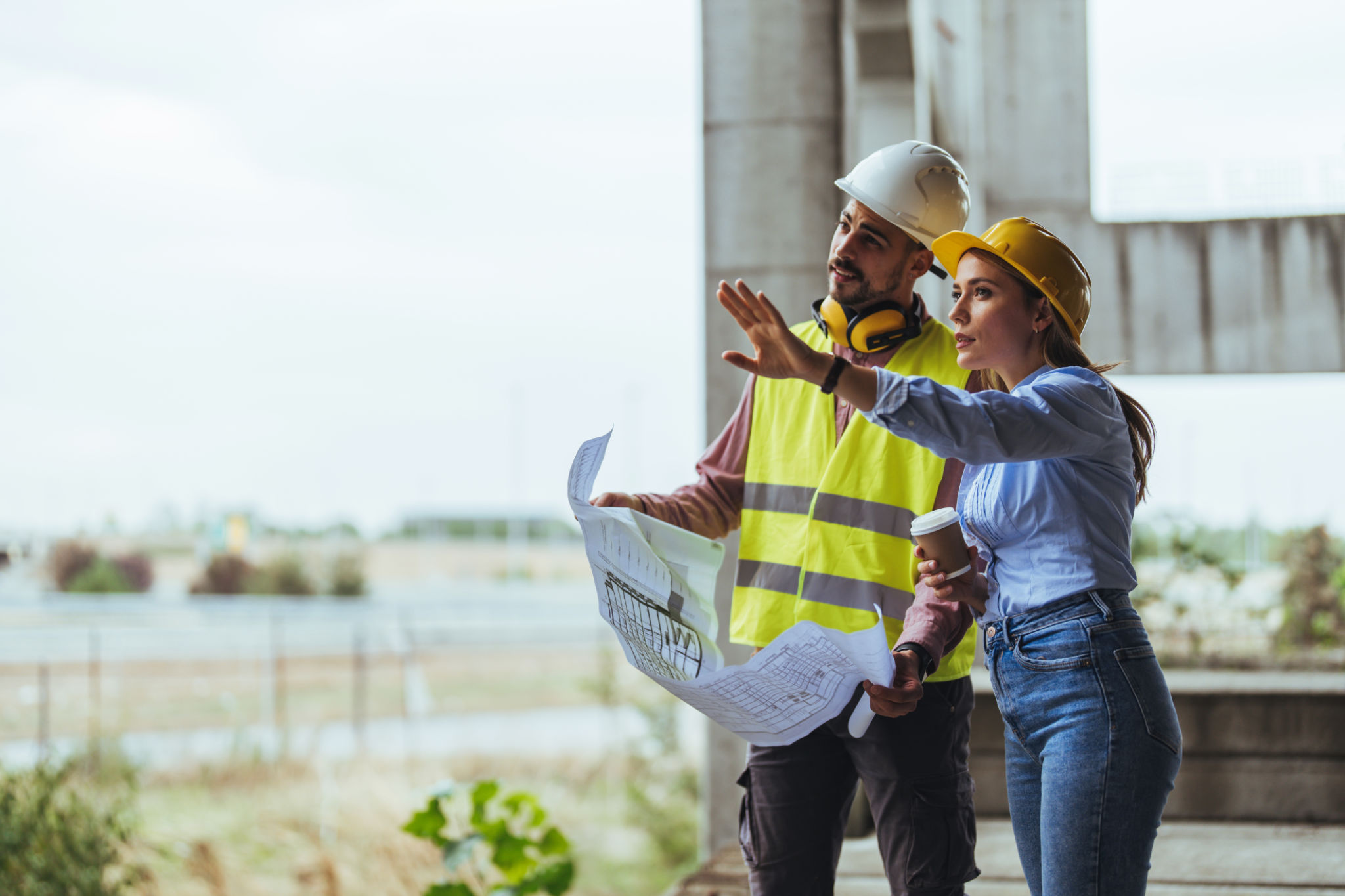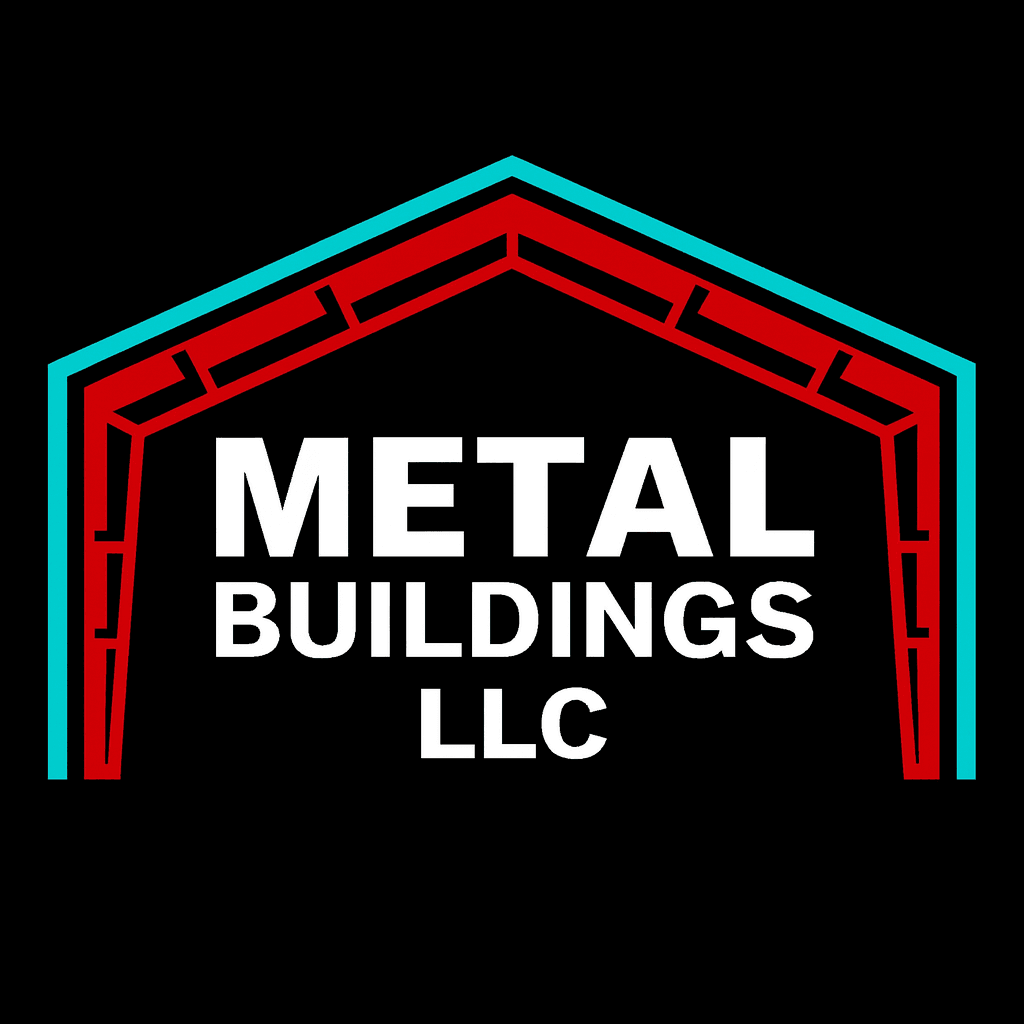How Cold Formed Buildings Are Revolutionizing Industrial Spaces
Understanding Cold Formed Buildings
Cold formed buildings are quickly becoming a game-changer in the construction of industrial spaces. These structures are made from steel that is shaped at room temperature, unlike traditional methods that involve heating. This innovative process not only saves time but also enhances the strength and durability of the structures. As industries continue to evolve, the demand for efficient and cost-effective building solutions has never been higher.
The process of cold forming involves rolling or pressing steel into thin sheets which are then assembled into various components. This method significantly reduces the weight of the materials without compromising their strength. As a result, cold formed buildings offer a lightweight yet sturdy alternative to conventional construction materials.

Benefits of Cold Formed Buildings
One of the primary advantages of cold formed buildings is their cost-effectiveness. The manufacturing process requires less energy and labor, leading to reduced construction costs. Furthermore, these buildings can be prefabricated off-site, which minimizes on-site construction time and labor expenses.
Cold formed structures are also highly versatile. They can be customized to meet specific design requirements, making them suitable for a wide range of industrial applications. Whether it's a warehouse, factory, or storage facility, cold formed buildings can be tailored to fit the unique needs of any project.

Sustainability and Environmental Impact
In today's eco-conscious world, sustainability is a crucial consideration in construction. Cold formed buildings offer significant environmental benefits. The production of cold formed steel generates less waste compared to traditional methods, and the materials are often recyclable, contributing to a circular economy.
Additionally, the lightweight nature of cold formed buildings reduces transportation emissions. This means that the carbon footprint associated with delivering materials to the construction site is significantly lower, supporting greener building practices.

Applications in Industrial Spaces
Cold formed buildings are revolutionizing various industrial sectors. Due to their adaptability and strength, they are ideal for constructing large-scale warehouses and logistics centers. The ability to quickly assemble these structures allows businesses to expand their operations without lengthy delays.
Moreover, cold formed steel is resistant to environmental factors like corrosion and weathering, making it an excellent choice for industrial environments that require durable and long-lasting infrastructure.
The Future of Industrial Construction
As technology continues to advance, the use of cold formed buildings in industrial spaces is expected to grow. Innovations in materials and construction techniques will further enhance the efficiency and capabilities of these structures, paving the way for more sustainable and cost-effective industrial developments.
Businesses looking to invest in new infrastructure are increasingly considering cold formed buildings as a viable option due to their numerous advantages. From reduced costs to environmental benefits, these structures offer a compelling solution for modern industrial needs.
